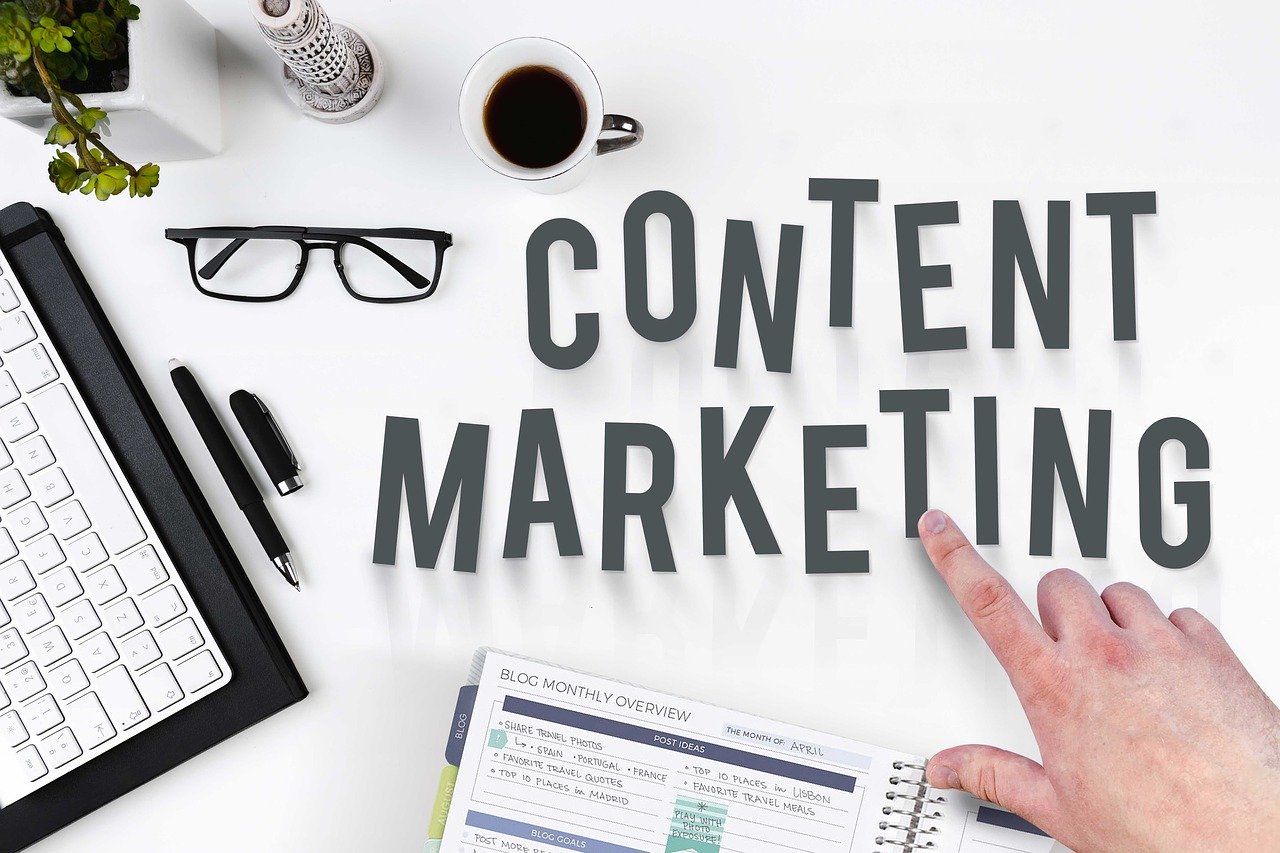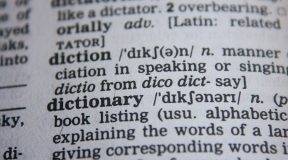The needs of most researchers are still the same as they always were. Someone going to Google search is looking for answers to a variety of questions. What they want is to use a basic set of keywords, terms, or questions to start their search, then they want to read, on average, 5 articles that give them direction.
In many cases this direction comes in the form of answers to their emmediate questions, then enough information past what they don’t know they don’t know, to advance their research efforts.
In many cases, they want to be able to see from your main post title, that the answers are inside the article itself. A bad title or not well-written title can confuse the reader and could get skipped before they even click into the article.
We’ll be discussing the following in this article:
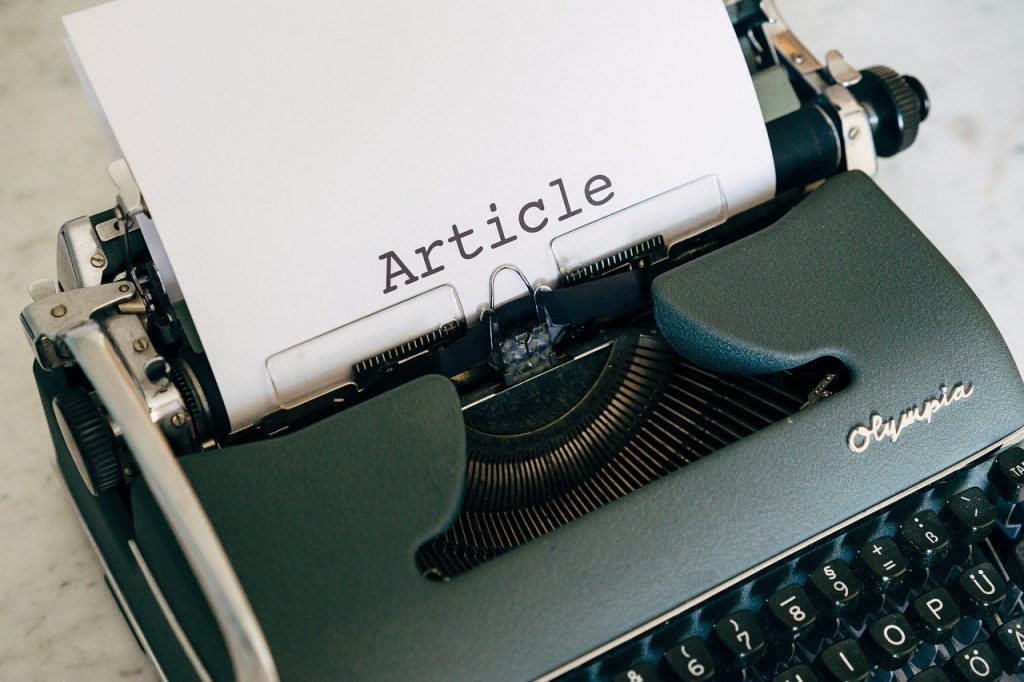
- Post/Article Title
- First Paragraph is essential
- Second and Third Paragraphs are the meat and potatoes, explaining what you told them was coming in the first paragraph, but elaborating in detail.
- The fourth Paragraph is the conclusion, where you wrap it up and conclude (give closure) the points described in the first, second, and third paragraphs.
- It’s also where you can add a call to action (link to more information where you link them to another of your articles, money page, etc…).
- If your article is more than 4 paragraphs, as most are these days, you just add more to the middle (meat and potatoes of your article). You still introduce and conclude it as the aforementioned above.
The Title:
The title of your article is basically as important to the article as your name is to your own identity. The title names the entity that is your content.

- You must write a minimum of 5 words and if possible without looking spammy, include your main keyword in the title. Make sure you use full sentences with joiner words (I, we, and, but, with, etc…) as Google can now read the whole title including joiner words.
- Many in the past used keywords without joiner words and that used to be ok (not fun to read for the end-user) but now not using them will count against you (and looks spammy anyway).
- Your title should be less than 80 characters. Make each word count!
- Your title shouldn’t be too long or too short, but it’s the context that’s essential. Like a quote turns a lot of data into a concise one-liner, your title should convey a lot in 5 words.
- It should be easy to decipher, to see what the article holds.
- It needs to be formatted appropriately, including capitalizing all words with the exception of the joiner words (if, I, because, with, and, etc…)
- When they are done reading the article, the title must make sense. If your title and the article don’t match the reader will feel tricked.
- It would be a good idea to revisit your title after writing the article because often you elaborate on the original topic to the point where the title is too generic to describe the punch of your article’s point.
- Write a title, but don’t set it in stone until you see if it’s the appropriate title for the completed article.
First or Introduction Paragraph
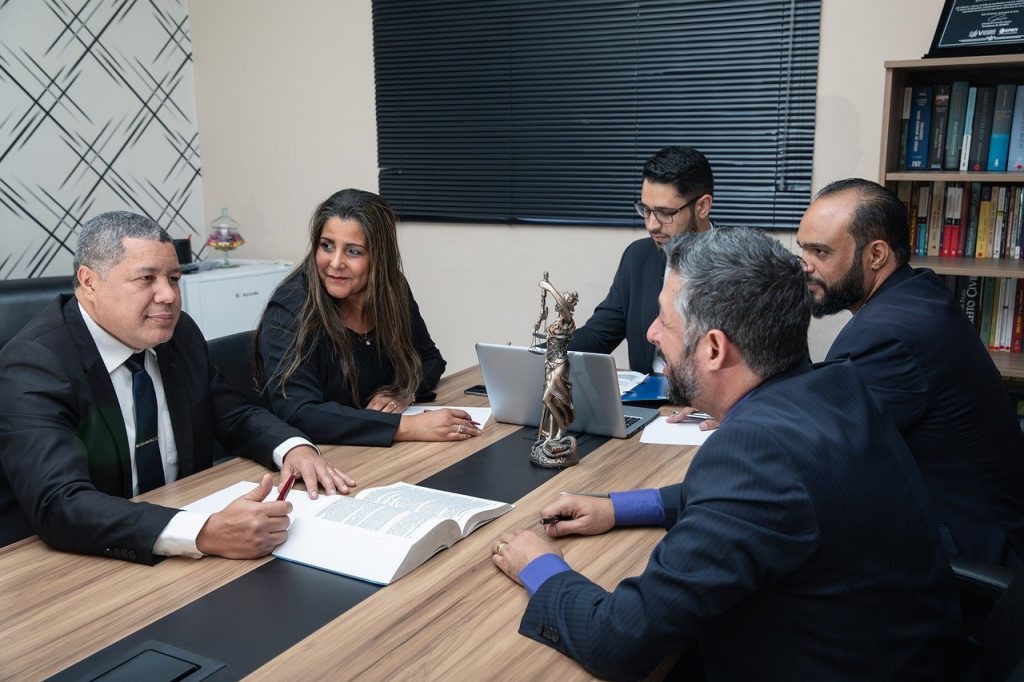
- Introduces the entire article premise and points that will be discussed
- Should be written potently, no-fluff writing or common sense sentences; don’t insult the reader’s intelligence or waste their time
- There should be several points discussed concisely in the first paragraph, don’t expand one single point as the opening paragraph, it must summarize what you will talk about in detail in the following paragraphs
- Paragraphs (overall) should be no more than 100 words but should be close to 100 but not much more.
- It should contain 3-6 sentences, no more than 6
- Paragraphs should be single-spaced, include subtitles that also should follow the same rules as the main title, but stick within the confines of the section you’re writing about.
- Subtitles and Titles should use header HTML (h3, h2, h1, etc) to be properly seen by search engine crawlers. It also helps the reader to skim the article to see if what they need is in there and possibly answer their question directly instead of having to read all the content first.
- The first paragraph should be closely associated with the title. Don’t use a subtitle before the first paragraph- the title IS the first paragraphs subtitle, so to speak.
- Not all readers will read the whole thing so it’s imperative you format your article for visual ease in skimming subtitles for specific information.
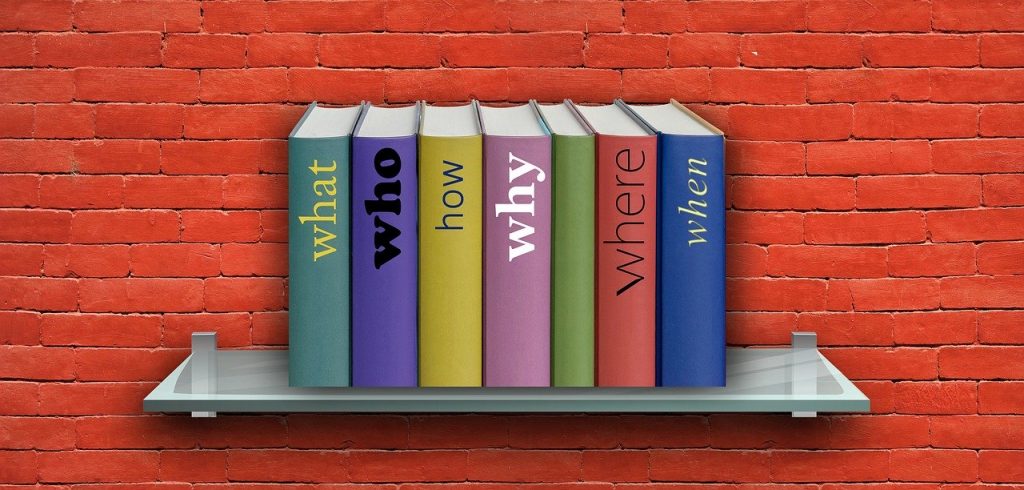
The first paragraph of your article is often also the excerpt Google uses to describe your page. If you wrote it correctly, it should be potent with information about the entire article’s theme, points to discuss, and within the first 3 sentences should contain enough information to educate the visitor even from the google search results link description about the usefulness of the content itself.
In the first paragraph you are introducing the main points (which should be one per paragraph in the middle paragraphs) coming. You will discuss the article here as if it’s the only thing they need to see to get the broad strokes.
Here you broach the topic, explain the purpose and what you will talk about, and list concisely the list of things you will enlighten them about.
Second, Third Paragraphs (content between introduction and conclusion)

The middle paragraphs should discuss at length, one main point mentioned in the introduction paragraph. In many cases, you would write a rough draft opener paragraph, then get the points explained, then go back and update the original first paragraph to reflect more precisely the benefits they’ll learn about. You could also write the first paragraph followed by bullet points that serve as a table of contents describing more points.
Conclusion Paragraph

The conclusion paragraph is the closing summary. It wraps up the article, summarizes the points discussed, and gives the article (and reader) closure. It can be one or more paragraphs.
It should close any loose ends, reiterates the points in summary with the expectation they read the rest of the article. If the introduction paragraph is the cause, the conclusion is the resulting effect (what they should have learned by that point).
It’s also where you can add a call to action (pointing them to more information or to another page/site you want them to see to give them more options.
Formatting
Your article should follow all of the above guidelines and include images. The images, like the subtitles, should describe visually what it is you’re saying in each section. It should sprinkle the page with more than just blocks of text. Your images should use ALT Tags to allow google images to index them and link back to your article from an image search.
Conclusion
That’s the basics. These are not all hard fast rules, but they are guidelines that help you keep your content readable, easy to decipher without reading the whole thing (skimming), and overall your content needs to be potent with new information that’s not common sense.
Google can tell if you didn’t heed to these points, or if you wrote a quick, fluff-filled article. Remember, you also want others to see value in your content so they want to point others to read it too. Get in the head of your audience and try to answer any questions they may have but also help them see what they don’t know they don’t know too.

Good Luck!
